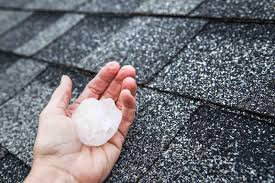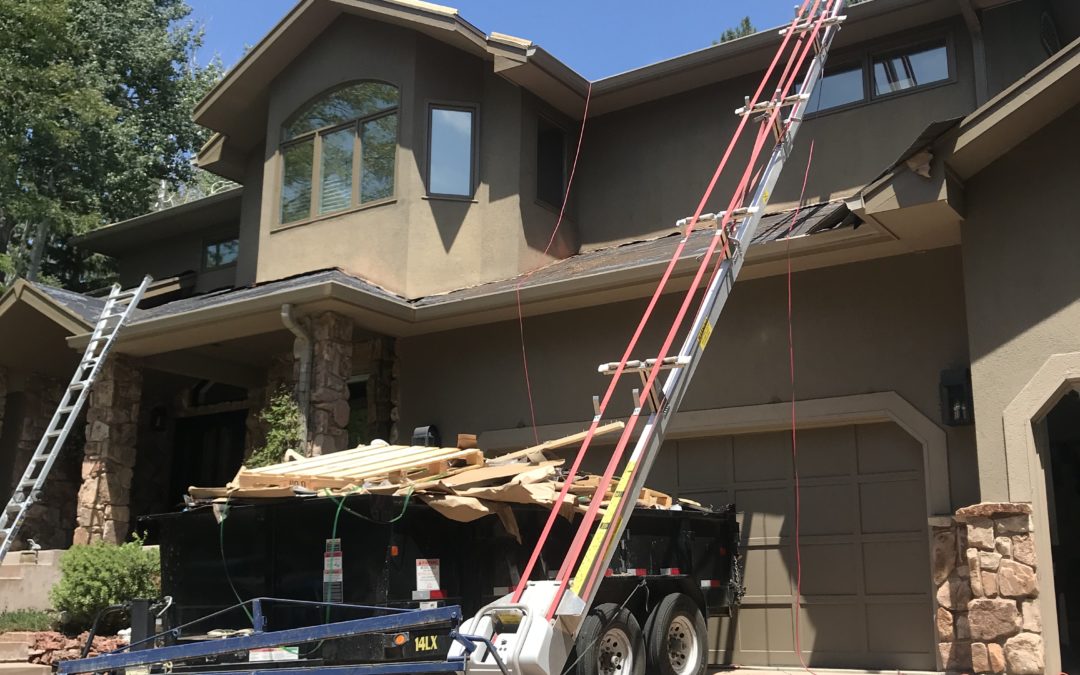A leaking roof is dangerous, inconvenient, and signifies a potentially big roofing issue. Several hazards can accompany a roof leak, including extensive water damage, structural deterioration, mold growth, damage to the attic, ceilings, and walls, increased fire risk, high energy bills, and health and safety issues for the family. Therefore, it is crucial to repair a leaking roof as soon as the symptoms start to appear. While some leaks are easy to fix by the homeowner, others may require extensive repairs and assistance from a professional roofing contractor.
The best way to prevent damage from a leaking roof is to fix it as early and quickly as possible. The longer you ignore the leaks or delay the repairs, the more harm it can cause and the more expensive the repairs become. Roof leaks can occur anytime, irrespective of the roof type and condition. The most challenging part of fixing a leaky roof is to identify the cause.
In this article, we discuss the most common causes of roof leaks. It can help homeowners figure out the culprit, facilitate repairs, and prevent future issues.
Damaged or missing tiles and shingles

The most common reason behind a leaking roof is compromised shingles. Tiles and shingles are the first lines of defense and the outer roof layer, acting as a protective covering for the underlayment to prevent water intrusion into the home. A broken, cracked, loose, or missing shingle allows the water to reach the roof’s second layer, eventually leading to leaks. It is an issue that is very easy to diagnose. Regularly inspect the rooftop, especially after a major storm, to check the integrity of the shingle.
Damaged flashing
Flashing is thin, impermeable metal strips installed under shingles and around roof joints to create a water barrier that offers protection against water infiltration. Roofers install flashing around chimneys, vents, valleys, skylights, gutters, roof edges, and side and front walls. A cracked, damaged, or dislodged flashing can cause leaks.
Clogs in the gutter
Gutters channelize water away from the roof. When they get clogged due to leaves, pine needles, and other debris, they fail to perform their job efficiently, causing the water to puddle up on the roof. It increases the possibility of water seeping through the cracks into the ceiling. Clean the gutters regularly to avoid clogs.
Ice dam build-up
Poor roof insulation and ventilation can form ice dams on the roof’s edge in winters and keeps water from the melting snow to drain off properly and refreeze. Over time the water backs up underneath the shingles, eventually leaking into the house.
Improper roof installation
A roof installed by an inexperienced roofing contractor is most likely to develop leaks. An incorrectly fitted and sealed chimney, skylight, and gutter contribute to roof leaks.
Holes
Holes caused due to back out shingle nails, fallen tree branches, and removal of roof installations, like a satellite dish or HVAC, allows water to drip into the house. A regular roof inspection is necessary to identify holes and seal them to avoid expensive repairs.
Roof’s age
Every roof has a lifespan, depending on the type of material used. Over the years, due to constant exposure to elements, the materials deteriorate and develop cracks, allowing the water to sneak into the house. If an aging roof develops frequent leaks, it is better to replace it.
Apart from the factors mentioned above, some other causes of leaks include improperly sealed valleys, damaged vent booting, attic condensation, cracked chimney, frequently walking on a roof made from fragile materials, ignoring regular roof inspection and maintenance, and debris build-up.
If you suspect a roof leak, call a roofing company to inspect the roof, trace the source, and fix the leak to prevent further damage.
